This article gives an overview of the SQL Server DBCC FREEPROCCACHE command and its usage with different examples.
Read more »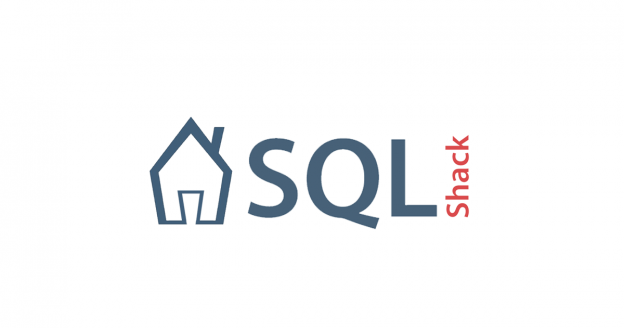

This article gives an overview of the SQL Server DBCC FREEPROCCACHE command and its usage with different examples.
Read more »
This article explores the SQL Server Transaction log backups and log sequence number (LSN) in combination with the Full backups.
Read more »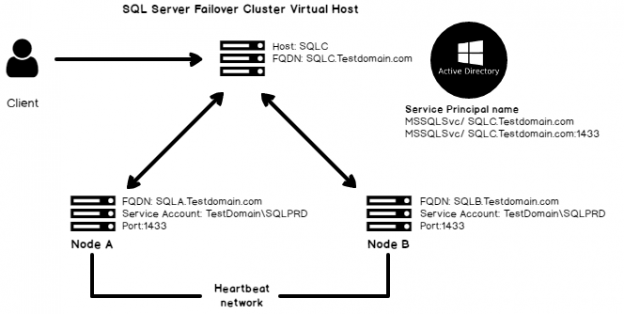
This article gives an overview of Service Principal Name (SPN) for using the Kerberos authentication in SQL Server connections. We use the Kerberos authentication to authenticate windows users securely for providing access to SQL Server.
Read more »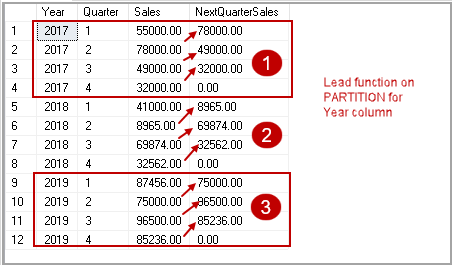
This article explores the SQL Server Lead function and its usage with various examples.
Read more »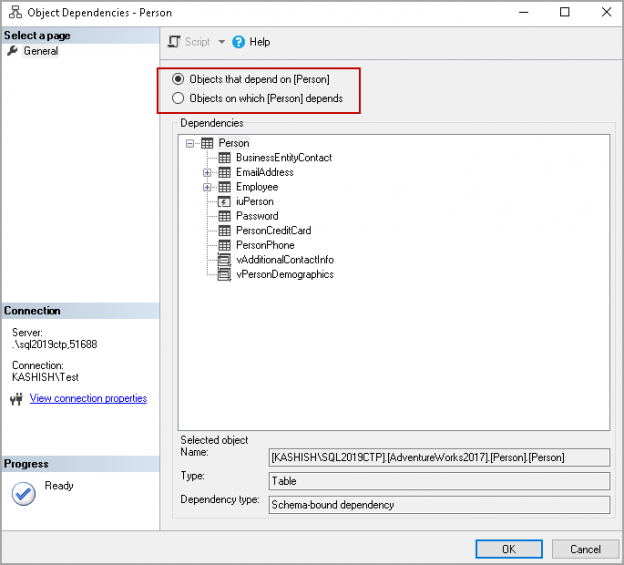
This article gives an overview of the SQL DROP TABLE statement to remove one or more tables from a database.
Read more »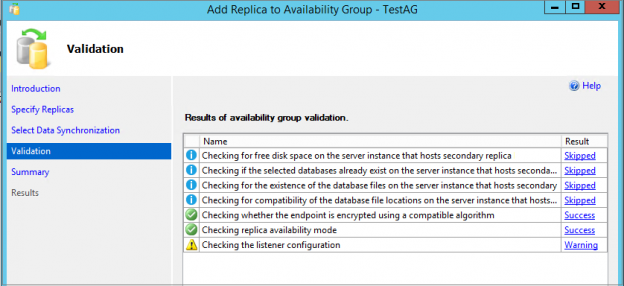
SQL Server Always On Availability Groups provides HADR solutions for the SQL databases. Here HA refers to high availability and DR refers to disaster recovery. The priority of this feature is to keep the database highly available and then provide Disaster recovery. Due to this reason, if the secondary replica goes down in a synchronous data commit mode, SQL Server changes commit mode to Asynchronous so that users can continue run the transactions and a secondary replica can be in sync later once it bought up. SQL Listener also points to the primary replica and continues redirects connection to the primary replica.
Read more »
We have various database objects such as view, stored procedures, triggers, functions and indexes in a relational database. Many times, we want to view definitions for these objects. We can use either SSMS graphical way or t-SQL to generate scripts.
Read more »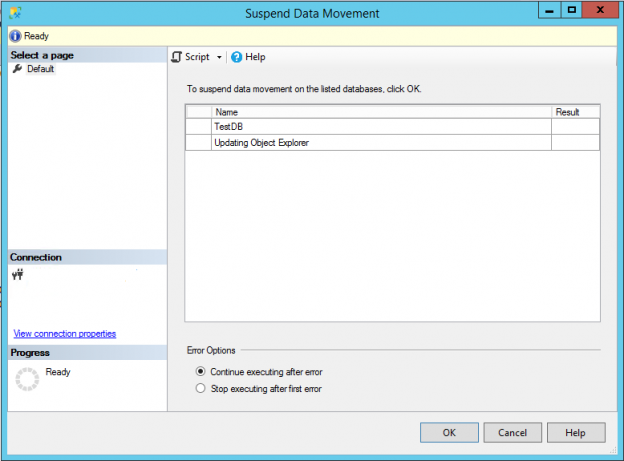
SQL Server Always On Availability Groups feature provides high availability (HA) and disaster recovery solutions. We can add multiple databases in a single Always on Availability Group on SQL Server Enterprise edition. Before we add a database in the AG group, we need to use the following checklist.
Read more »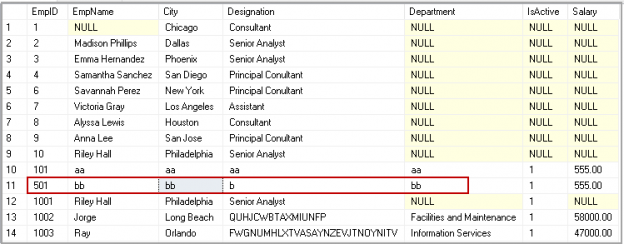
We get the requirement to remove the data from the relational SQL table. We can use both SQL Delete and SQL Truncate statement to delete the data. Understanding differences between these commands helps SQL developers to handle their data well. Additionally, this is a very common question asked in SQL beginner’s interviews.
Read more »
We perform calculations on data using various aggregated functions such as Max, Min, and AVG. We get a single output row using these functions. SQL Sever provides SQL RANK functions to specify rank for individual fields as per the categorizations. It returns an aggregated value for each participating row. SQL RANK functions also knows as Window Functions.
Read more »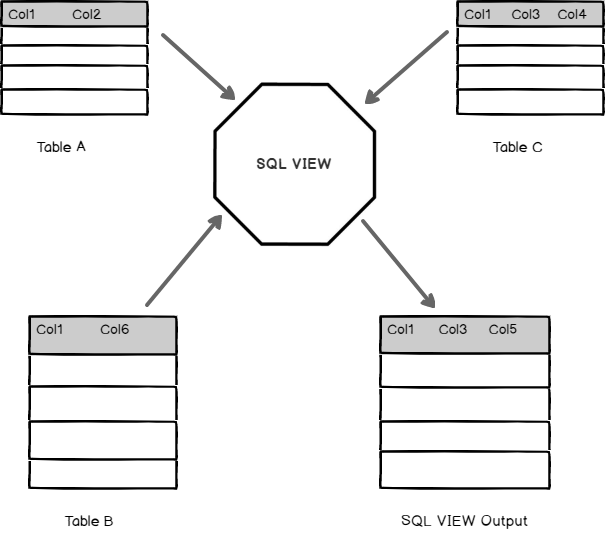
In relational databases, data is structured using various database objects like tables, stored procedure, views, clusters etc. This article aims to walk you through ‘SQL VIEW’ – one of the widely-used database objects in SQL Server.
Read more »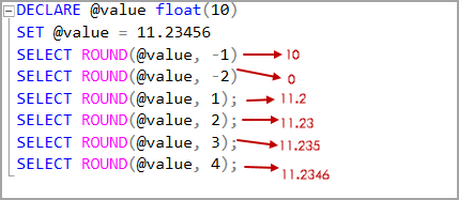
Developers deal with numerous data types on a day- to-day basis. We need to change the data type or format as per the user requirement. We use ‘SQL Server rounding function’ like SQL Round, Ceiling and Floor to round the values to the nearest numbers. We perform an arithmetic calculation on data as well. It is a challenging task to change the value of a number to an approximate number. We do not want to display decimal numbers in the application front end.
Read more »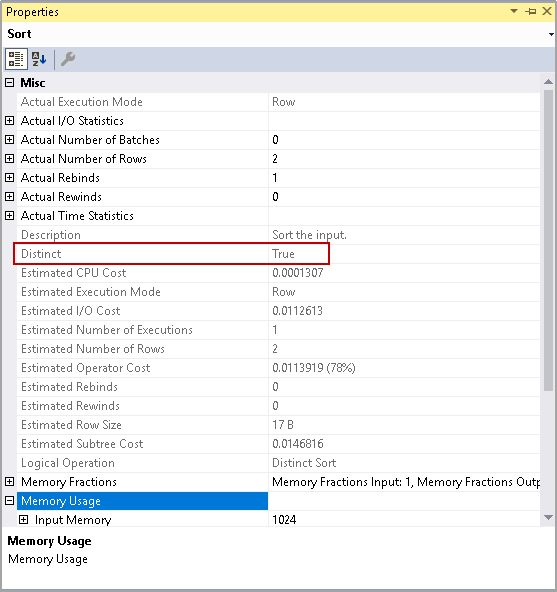
This article explores SQL Count Distinct operator for eliminating the duplicate rows in the result set.
Read more »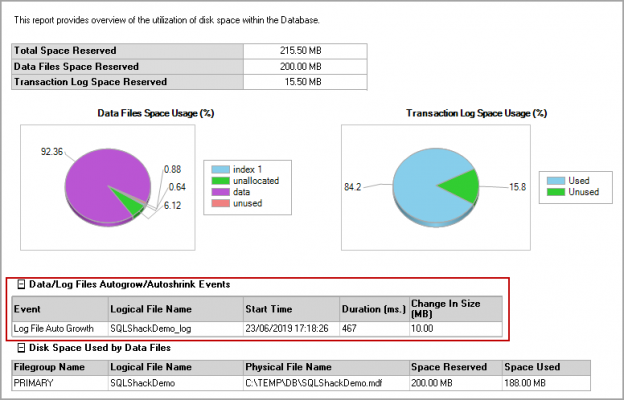
It is essential for the DBA to need to ensure the SQL Server database performance. Performance tuning is an open-ended task, and you need to ensure the monitoring of various database parameters.
Read more »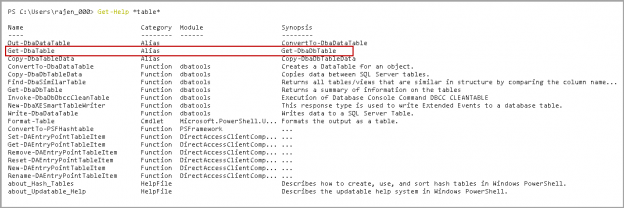
This article gives an overview to generate scripts for SQL Server objects with Windows PowerShell tool DBATools.
Database administrators or developers require generating scripts for SQL Server objects. We might need scripts to store a copy of object script before object change, create specific objects into other database environments such as development, UAT or non-prod environment. It is an excellent practice to keep a copy of the object before making a change to it. We can easily refer to the old script and roll back if required. Usually, we use SSMS Generate Scripts wizard to get these scripts.
Read more »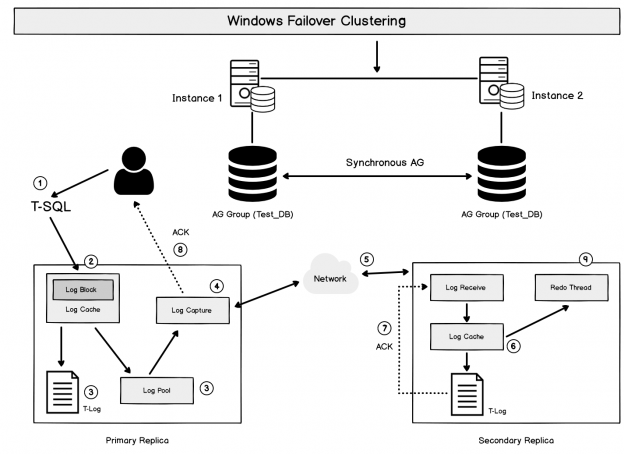
In my previous article, Data synchronization in SQL Server Always On Availability Groups, we explored the internal data synchronization for both Asynchronous and Synchronous data commit mode. In the following image, on the secondary replica, we can see two important processes.
Read more »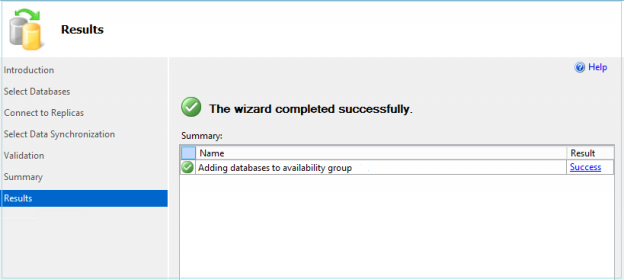
In SQL Server Always On Availability Groups, we can add a database into an existing availability group using different methods. We get the following option in the Initial Data Synchronization wizard in SSMS.
Read more »
This article is useful for a beginner in SQL Server administration and gives insights about the SQL Server Ports, the methods to identify currently configured ports.
Read more »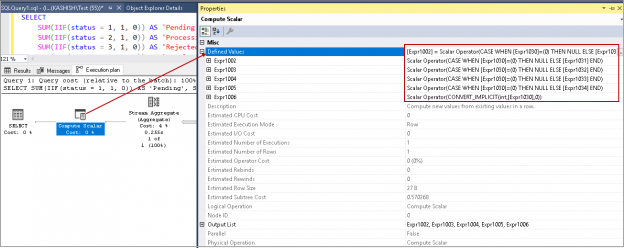
SQL Server 2012 introduced a new built-in logical function SQL IIF. It is a shorthand form of writing CASE statement logic or IF-ELSE logic.
Read more »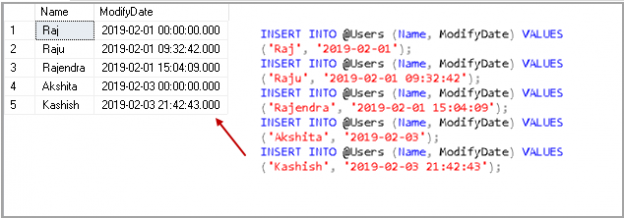
We extract data from SQL Server tables along with various conditions. Usually, we have data in large amounts and SQL Between operator helps to extract a specific range of data from this huge data. For example, suppose we want to know the product sales between Jan 2019 to May 2019. In this case, we can use this operator in a SQL query.
Read more »
This article explores the SQL Not Equal comparison operator (<>) along with its usage scenarios.
Read more »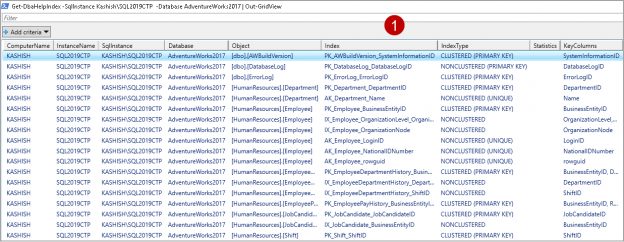
DBATools is an open-source PowerShell that contains a collection of useful commands. In this series of articles on DBATools (see TOC at the bottom) we performed installation of it. We also explored commands to do database backups, database restoration, Identity column maximum range threshold and create a SQL database.
Read more »
This article explores the Identity function in SQL Server with examples and differences between these functions.
Read more »
In the series of articles on DBATools, (see TOC at the bottom) we are exploring useful DBATools command to perform administrative SQL tasks. In this article, we will explore useful commands to interact with SQL Server.
Read more »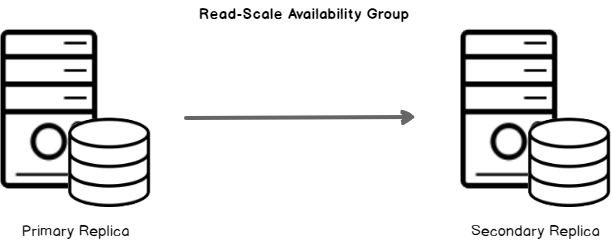
In this article, we will explore configuring Read Scale Availability Group that does not require a failover clustering configuration. It helps to scale read-only connections to the secondary replica in a cluster less configuration.
Read more »© Quest Software Inc. ALL RIGHTS RESERVED. | GDPR | Terms of Use | Privacy